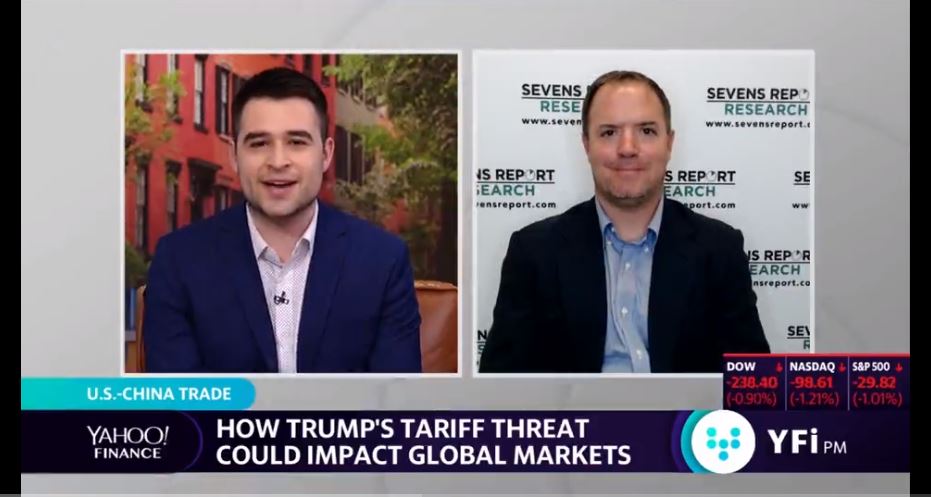Latest on Trade (Why Are Stocks Down?)
What’s in Today’s Report:
- Latest on Trade – Why Are Stocks Down This Morning?
- Market Set Up Beyond Trade (Two Problems)
- Weekly Market Preview
- Weekly Economic Cheat Sheet (Wednesday is an Important Day)
Futures are down more than 1% as markets digest the U.S./China trade situation.
Nothing specifically bad happened over the weekend on U.S./China trade, but Friday’s talks ended without a clear next step and that’s weighing on markets.
Additionally, Friday’s afternoon rally came despite any concrete, positive catalyst, so we are seeing those gains reversed and then some.
There are no economic reports today and just two Fed speakers, Rosengren (9:05 a.m. ET) and Clarida (9;10 a.m. ET), and neither should reveal anything new.
So, focus will be on the trade headlines and tea leaves. Anything that points to a specific next step (a date or event) in the U.S./China trade negotiation should help stocks rebound, while a continued lack of a concrete next step will increase market anxiety the longer it goes on.


